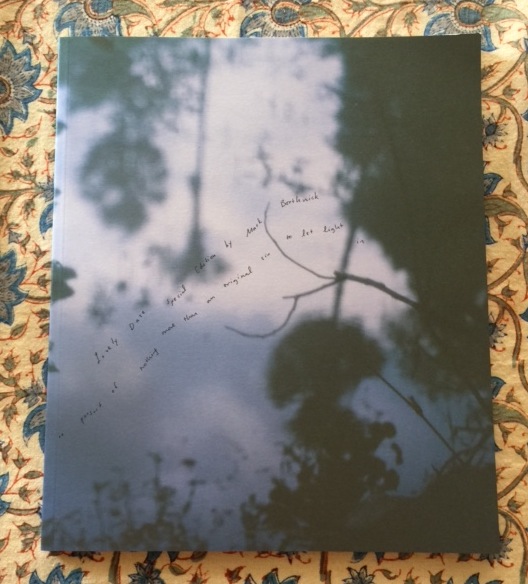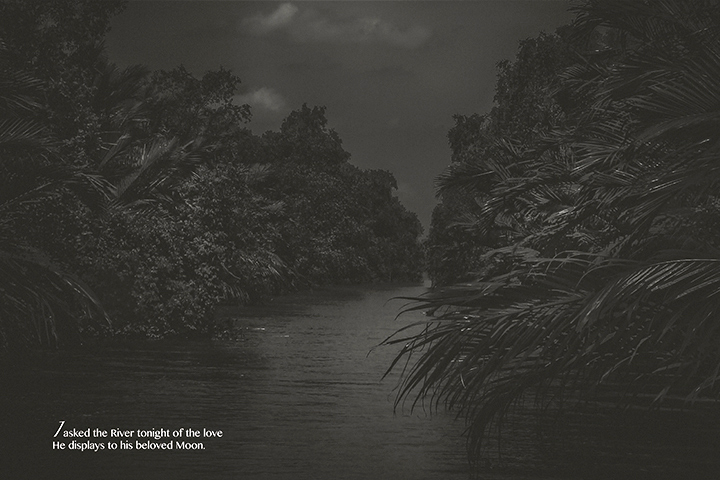Charwei Tsai
-
Liberation Through Writing
by Kit HammondsPublished by TKG+, Taipei, Taiwan, 2016
-
Lovely Daze – Special Edition 5
Lovely Daze is a curatorial journal of artists’ writings and artworks published biannually in limited editions. Our fifth special edition is a project by Mark Borthwick: in pursuit of nothing more than an original sin to let light in. I first met Mark through our common friend Hisham, who invited me to a gathering at…

-
Contemplating the Structure of the World in Swirls and Spirals
by Mami KataokaPublished in We Came Whirling Out of Nothingness by TKG+, Taipei, Taiwan, 2015
-
Plane Tree Mantra
2014 Ink on plane tree Dimensions variable FIAC at Jardin des Plantes National Museum of Natural History, Paris, France Presented by Mor Charpentier Photo courtesy of National Museum of Natural History, Paris, Bruno Jay, Frédéric Dubos, Marc Domage, Mor Charpentier, Takeshi Sugiura, and Olivia de Smedt Link As an in-situ intervention, Charwei Tsai inscribed the…

-
I Ask the River Tonight, ArtReview Asia
In collaboration with Tsering Tashi Gyalthang Project for ArtReview Asia Autumn/Winter 2014 As we are now both living in Saigon, we wanted to create an artwork dedicated to the Mekong River, a waterway that connects where we live now back to where Tsering is originally from – the Tibetan Plateau. For the first part of…
